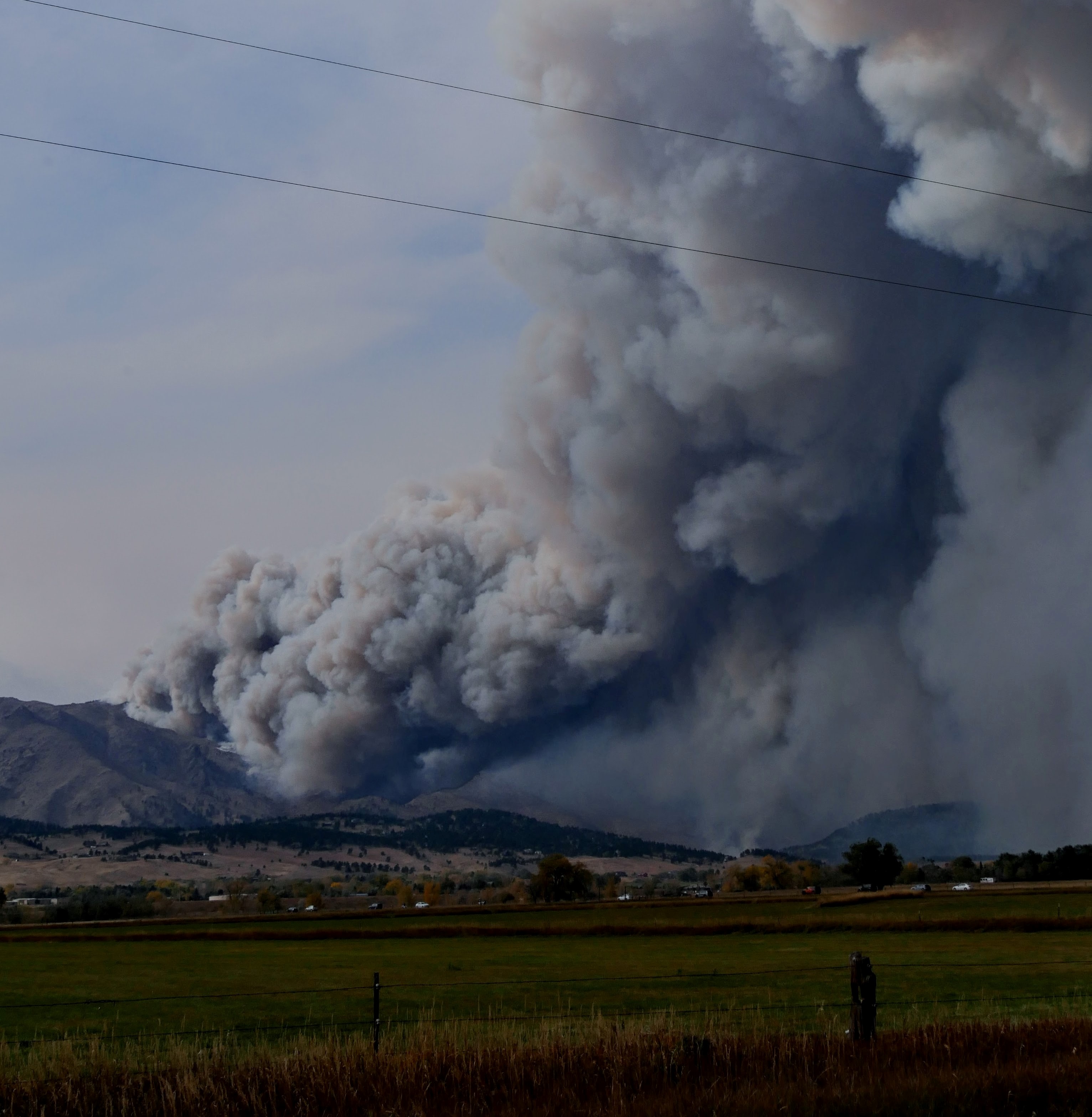
Wildfires in America are becoming larger, more frequent, and more destructive, driven by climate change and existing land management practices. This is putting more people in danger, not only from fire itself, but also from exposure to smoke, which can travel thousands of miles and affect the health of millions of people. Our publications explore the increase in wildfire events and their impacts on human health. All are free to read or download.

The Chemistry of Fires at the Wildland-Urban Interface
Wildfires in America are becoming larger, more frequent, and more destructive, driven by climate change and existing land management practices. Many of these fires occur at the wildland-urban interface (WUI), areas where development and wildland areas overlap and which are increasingly at risk of devastating fires as communities continue to …[more]

Wildland fires pose a growing threat to air quality and human health. Fire is a natural part of many landscapes, but the extent of area burned and the severity of fires have been increasing, concurrent with human movement into previously uninhabited fire-prone areas and forest management practices that have increased fuel loads. These changes …[more]

Frameworks for Protecting Workers and the Public from Inhalation Hazards
Individuals in the United States and Americans abroad are exposed to inhalation hazards from a variety of sources, and these hazards can have both short- and long-term adverse effects on health. For example, exposure to wildfire smoke, which contains particulate matter and toxic chemicals, can lead to respiratory problems, increased risk for …[more]

To explore issues related to the effects of disasters on children and youth and lessons learned from experiences during previous disasters, the virtual workshop From Hurricane Katrina to Paradise Wildfires, Exploring Themes in Disaster Human Services was convened on July 22 and 23, 2020, by the National Academies of Sciences, Engineering, and …[more]

Leveraging Advances in Remote Geospatial Technologies to Inform Precision Environmental Health Decisions, a virtual workshop held on April 14-15, 2021, explored how advances in geospatial technologies can inform precision environmental health, the targeted public health interventions that reach the right populations at the right time. The …[more]

California and other wildfire-prone western states have experienced a substantial increase in the number and intensity of wildfires in recent years. Wildlands and climate experts expect these trends to continue and quite likely to worsen in coming years. Wildfires and other disasters can be particularly devastating for vulnerable communities. …[more]

Although ecosystems, humans, and fire have coexisted for millennia, changes in geology, ecology, hydrology, and climate as well as sociocultural, regulatory, and economic factors have converged to make wildland fire management exceptionally challenging for U.S. federal, state, and local authorities. Given the mounting, unsustainable costs and …[more]

Abrupt Impacts of Climate Change: Anticipating Surprises
Climate is changing, forced out of the range of the past million years by levels of carbon dioxide and other greenhouse gases not seen in the Earth’s atmosphere for a very, very long time. Lacking action by the world’s nations, it is clear that the planet will be warmer, sea level will rise, and patterns of rainfall will change. But the future …[more]

This book presents a summary of the Workshop on Public Response to Alerts and Warnings on Mobile Devices: Current Knowledge and Research Gaps, held April 13 and 14, 2010, in Washington, D.C., under the auspices of the National Research Council’s Committee on Public Response to Alerts and Warnings on Mobile Devices: Current Knowledge and …[more]

Hydrologic Effects of a Changing Forest Landscape
Of all the outputs of forests, water may be the most important. Streamflow from forests provides two-thirds of the nation’s clean water supply. Removing forest cover accelerates the rate that precipitation becomes streamflow; therefore, in some areas, cutting trees causes a temporary increase in the volume of …[more]


















